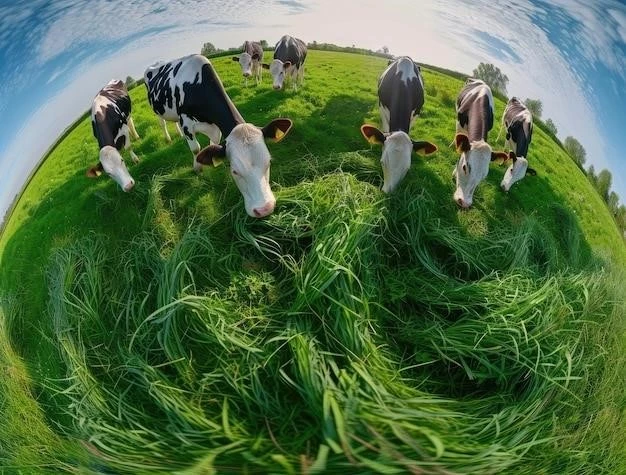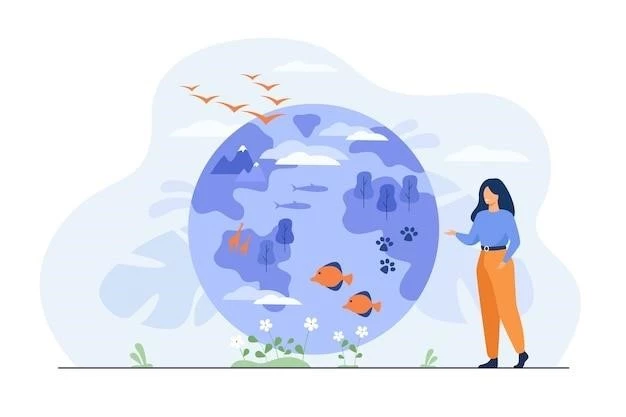The Future of Conservation: A Personal Journey Into the Intersection of Technology and Nature
As a conservation biologist, my days are spent navigating the intricate dance between nature’s delicate balance and the ever-growing footprint of human activity. Lately, this dance has taken on a new rhythm, a beat driven by the rapid pulse of technological advancement. I’ve found myself at the heart of this fusion, witnessing firsthand how technology is reshaping the future of conservation.

Bridging the Gap: From Traditional Tools to Cutting-Edge Tech
My journey began with the familiar tools of the trade: binoculars for observing wildlife, field guides for identification, and compasses for navigating the wilderness. These tools, steeped in tradition, remain essential to my work. However, the scope of conservation challenges has broadened, demanding innovative solutions that go beyond these traditional methods.
Enter the age of conservation technology. My first foray into this realm was with camera traps. Deploying these unassuming devices in the dense rainforest, I was amazed by the wealth of data they captured. Images of elusive ocelots, their patterned coats illuminated by the camera’s flash, revealed their hidden world. This technology provided crucial insights into their behavior and distribution, information that would have been nearly impossible to obtain through traditional observation alone.

The Power of Connection: A Global Network of Conservationists
The true power of conservation technology, I’ve come to realize, lies not just in the tools themselves, but in their ability to connect us. Through online platforms and shared databases, I can now share my findings with a global network of conservationists, researchers, and citizen scientists.
I recently participated in a project using a platform called eBird. Birdwatchers around the world upload their observations to this centralized database, creating a real-time map of bird distribution. I was able to use this data to track the migration patterns of the cerulean warbler, a species facing habitat loss throughout its range. The sheer volume of data, contributed by thousands of individuals, painted a comprehensive picture that would have been impossible to achieve otherwise.
The Rise of AI: Analyzing Data, Predicting Threats, and Guiding Action
The influx of data from camera traps, acoustic sensors, and citizen science initiatives has led to another exciting development: the integration of artificial intelligence (AI) into conservation efforts. I’ve witnessed firsthand how AI is transforming the way we analyze and interpret this data.
One project I’m involved in uses machine learning algorithms to analyze thousands of camera trap images. The algorithm can identify different species, even differentiating between individuals of the same species based on unique markings. This technology significantly reduces the time and resources needed to process data, allowing us to focus on what matters most: using this information to make informed conservation decisions.
The Ethical Imperative: Using Technology Responsibly for Conservation
As with any powerful tool, conservation technology must be wielded responsibly. We must be mindful of the ethical implications of our work, ensuring that our methods are non-invasive and do not negatively impact the very species we strive to protect.
For example, the use of drones for wildlife monitoring has raised concerns about disturbing animals or altering their behavior. It’s crucial that we use this technology judiciously, following established guidelines and prioritizing the well-being of wildlife.
Looking Ahead: A Future Shaped by Innovation and Collaboration
The future of conservation is intricately linked to our ability to harness the power of technology. As I look ahead, I see a future where:
- AI helps us predict and prevent environmental threats, from poaching to deforestation.
- Bioacoustic sensors monitor ecosystems in real-time, alerting us to changes in biodiversity.
- Virtual reality experiences connect people with nature, fostering a sense of stewardship for our planet.
This future, however, hinges on collaboration. We must continue to break down barriers between scientists, technologists, policymakers, and local communities. By working together, sharing knowledge, and embracing innovation, we can create a future where technology empowers us to conserve our planet’s biodiversity for generations to come.










